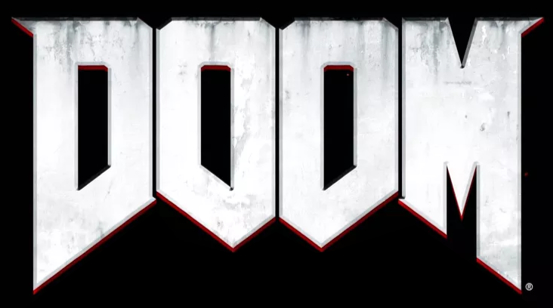

| Cover art by | Don Ivan Punchatz |
| Developer(s) | id Software |
| Publisher(s) | id Software |
| Designer(s) | John Romero, Tom Hall, Sandy Petersen |
| Programmer(s) | John Carmack, John Romero, Dave Taylor |
| Artist(s) | Adrian Carmack, Kevin Cloud |
| Composer(s) | Robert Prince |
| Platform(s) | MS-DOS |
| Release | December 10, 1993 |
| Genre(s) | First-person shooter |
| Mode(s) | Single-player, multiplayer |
Doom (stylized as DooM) is a 1993 first-person shooter (FPS) game developed by id Software for MS-DOS. Players assume the role of a space marine, popularly known as Doomguy, fighting his way through hordes of invading demons from Hell. The first episode, comprising nine levels, was distributed freely as shareware andplayed by an estimated 15–20 million people within two years; the full game, with two further episodes, was sold via mail order. An updated version with an additional episode and more difficult levels, The Ultimate Doom, was released in 1995 and sold at retail.
Doom is one of the most significant games in video game history, frequently cited as one of the greatest games of all time. Along with its predecessor Wolfenstein 3D, it helped define the FPS genre and inspired numerous similar games, known as Doom clones. It pioneered online distribution and technologies including 3D graphics, networked multiplayer gaming, and support for custom modifications via packaged WAD files. Its graphic violence and hellish imagery also made it one of the top video game controversies in history.
Doom has been ported to numerous platforms. The Doom franchise continued with Doom II: Hell on Earth (1994) and expansion packs including Master Levels for Doom II (1995). The source code was released in 1997, inspiring further adaptations. Doom 3, a horror game built with the id Tech 4 engine, was released in 2004, followed by a 2005 Doom film. id returned to the fast-paced action of the original games with the 2016 reboot Doom and the 2020 sequel Doom Eternal.
Programmer
John Carmack

Programmer & Designer
John Romero

Designer
Sandy Peterson

Artist
Adrian Carmack

Screenshots

Doom guy

Fighting the Boss

Game over

Chainsaw attack

A screenshot
